Filter by
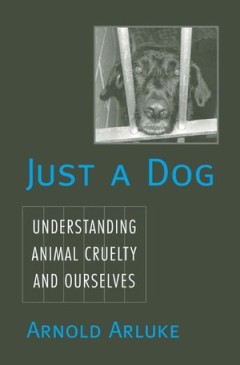
Just a Dog :understanding Animal Cruelty and Ourselves
Psychiatrists define cruelty to animals as a psychological problem or personality disorder. Legally, animal cruelty is described by a list of behaviors. In Just a Dog, Arnold Arluke argues that our current constructs of animal cruelty are decontextualized—imposed without regard to the experience of the groups committing the act. Yet those who engage in animal cruelty have their own under…
- Edition
- -
- ISBN/ISSN
- -
- Collation
- -
- Series Title
- -
- Call Number
- 300
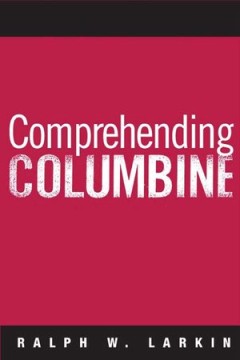
Comprehending Columbine
On April 20, 1999, two Colorado teenagers went on a shooting rampage at Columbine High School. That day, Eric Harris and Dylan Klebold killed twelve fellow students and a teacher, as well as wounding twenty-four other people, before they killed themselves. Although there have been other books written about the tragedy, this is the first serious, impartial investigation into the cultural, enviro…
- Edition
- -
- ISBN/ISSN
- 9781592134908
- Collation
- -
- Series Title
- -
- Call Number
- 300
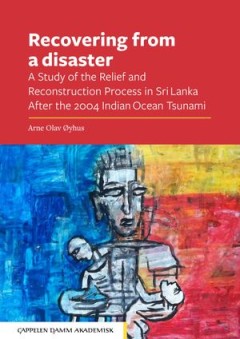
Recovering from a disaster
On 26 December 2004 at 6.58 hours (Sri Lanka Time), a massive earthquake with its epicentre outside the coast of Sumatra generated a series of gigantic waves, tsunamis. At 8.35 hours the waves reached the eastern and southern coastline of Sri Lanka, crushing hundreds of villages and towns, killing and maiming tens of thousands of people within seconds. When the waves pulled back, and the ocean …
- Edition
- -
- ISBN/ISSN
- 9788202568351
- Collation
- -
- Series Title
- -
- Call Number
- 300 OYH r
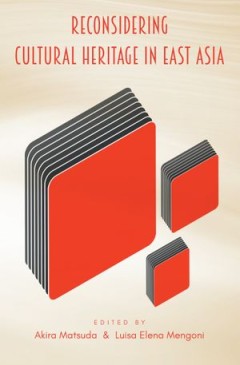
Reconsidering Cultural Heritage in East Asia
The concept of ‘cultural heritage’ has acquired increasing currency in culture, politics and societies in East Asia. However, in spite of a number of research projects in this field, our understanding of how the past and its material expressions have been perceived, conceptualised and experienced in this part of the world, and how these views affect contemporary local practices and notions …
- Edition
- -
- ISBN/ISSN
- 9781909188891
- Collation
- -
- Series Title
- -
- Call Number
- 301 REC r
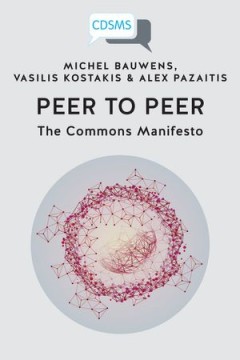
Peer to Peer The Commons Manifesto
"Not since Marx identified the manufacturing plants of Manchester as the blueprint for the new capitalist society has there been a more profound transformation of the fundamentals of our social life. As capitalism faces a series of structural crises, a new social, political and economic dynamic is emerging: peer to peer. What is peer to peer? Why is it essential for building a commons-centric f…
- Edition
- -
- ISBN/ISSN
- 9781911534785
- Collation
- -
- Series Title
- -
- Call Number
- -

Putting a Face on It
"Putting a Face on It analyses and discusses how subjectivity and exposure of individuals now affect most journalistic topics and genres: from politics to sports journalism, from science journalism to journalism about terrorism. Individual exposure and subjectivity affect news and features, photos and front pages, and are at the core of an increasing dialogue with digital media users. One aim o…
- Edition
- -
- ISBN/ISSN
- 9788202522148
- Collation
- -
- Series Title
- -
- Call Number
- 302.23 PUT p

Awesome Families : The Promise of Healing Relationships in the International …
In Awesome Families, Kathleen Jenkins draws on four years of ethnographic research to explain how and why so many individuals-primarily from middle- to upper-middle-class backgrounds-were attracted to this religious group that was founded on principles of enforced community, explicit authoritative relationships, and therapeutic ideals. Weaving classical and contemporary social theory, she argue…
- Edition
- -
- ISBN/ISSN
- 9780813536637
- Collation
- -
- Series Title
- -
- Call Number
- 300

The Online Advertising Tax as the Foundation of a Public Service Internet
"Online advertising will soon form the largest share of global advertisement revenues. Google and Facebook netted profits of US $29 billion in 2016. While these two giants control more than 66% of all online advertising revenues complex legal company structures have minimised their tax liabilities. This extended policy report considers where they should be taxed and where the value of their act…
- Edition
- -
- ISBN/ISSN
- 9781911534945
- Collation
- -
- Series Title
- -
- Call Number
- -

A God of Time and Space
"This book is a collection of essays on Bob Dylan and religion. The eight scientific essays present new perspectives on the subject, aiming to elucidate the role played by religion in Bob Dylan’s artistic output and in the reception history of some of his songs. Few would dispute the fact that religion or religious traditions and the use of religious imagery have always played an important ro…
- Edition
- -
- ISBN/ISSN
- 9788202616540
- Collation
- -
- Series Title
- -
- Call Number
- 808.84 GOD g

The Online Advertising Tax
Google and Facebook currently control close to two-thirds of global advertising revenue. While dominating the online advertising market, these two companies have thus far avoided paying adequate taxes. This CAMRI policy brief presents a new policy innovation, the online advertising tax. Considering the key role of user activity and user data for the value of Google and Facebook’s services, it…
- Edition
- -
- ISBN/ISSN
- 9781911534860
- Collation
- -
- Series Title
- -
- Call Number
- -
 Computer Science, Information & General Works
Computer Science, Information & General Works  Philosophy & Psychology
Philosophy & Psychology  Religion
Religion  Social Sciences
Social Sciences  Language
Language  Pure Science
Pure Science  Applied Sciences
Applied Sciences  Art & Recreation
Art & Recreation  Literature
Literature  History & Geography
History & Geography